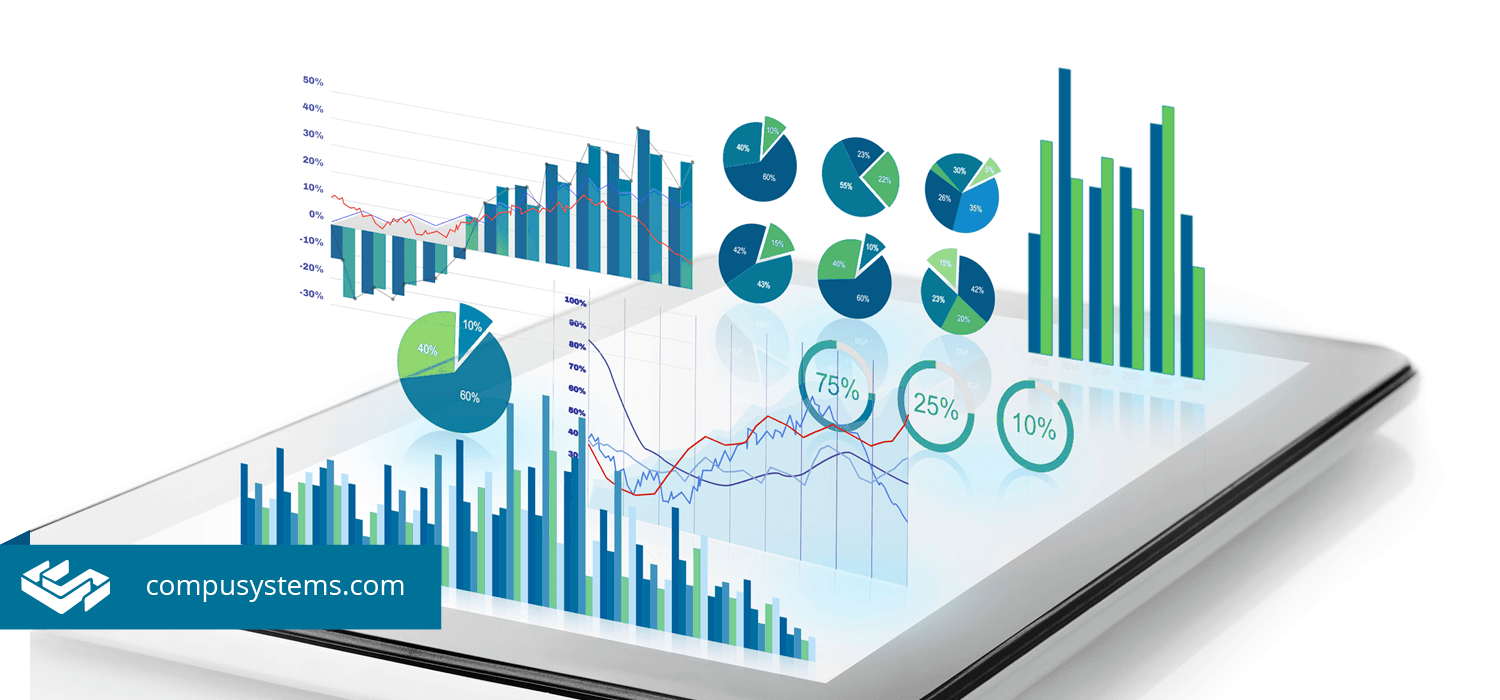
As the collection and use of data continues to be a trending topic in the events and tradeshow industry, the need for an analytics platform is becoming more and more important. While most know what analytics are and what role they play in growing an event, some may wonder, “What exactly is an analytics platform?” Matt Wlezen, CompuSystems’ Product Development Specialist, is here to help and give us some insight into the subject.
An analytics platform allows for the collection of data sources (databases, excel documents, flat files) into a single repository. It allows users to organize data in a logical manner across multiple events, fields, etc. and gives the user the tools to extract and analyze that information. Security permissions on the platform will allow users to see only the information they are allowed to see and reports and dashboards can be created by technical, as well as non-technical personnel. All of these things together equate to increased sales, better inventory management and a reduction in the cost of doing business.
Now that we’re all on the same page with regard to what an analytics platform is, let’s talk about the keys to finding and implementing a successful analytics platform.
Self-Service / Easy-to-use
• Users can create their own reports
• Users can create their own dashboards
• Turns all users into consumers and producers of business intelligence. Instead of needing to contact a technical person to create the report or dashboard, anyone can create it.
Accessibility
• Can access the platform from any device (desktop, tablet, phone)
• Online or offline mode
• Multilingual (allow users to utilize the application in the language with which they are most comfortable)
Data Volumes
• Can load large amounts of data (current and historical)
• Can load data from multiple sources (databases, excel files, external sources, i.e. social media, blogs, mobile devices). Over time, these sources can become isolated from the traditional databases. An analytics platform lets you combine these sources into a single repository.
• Scalability (the platform can handle increasing amounts of data)
Visualizations – Reporting and Dashboards
• Build once and reuse
• Create your own custom reports
• Create your own custom dashboards
• Drill down into the data
Security
• Row level security (only certain users with a certain set of privileges can see the data)
• Create permissions groups to let users do only what they have access to do, i.e. create reports/dashboards, edit reports/dashboards, see certain data sets and load new data sets
The goal of an analytics platform is to remove current industry stress points by providing users with a robust, intuitive and user-friendly way to analyze their data. In turn, you should see in increase in efficiency and boost sales as well.
